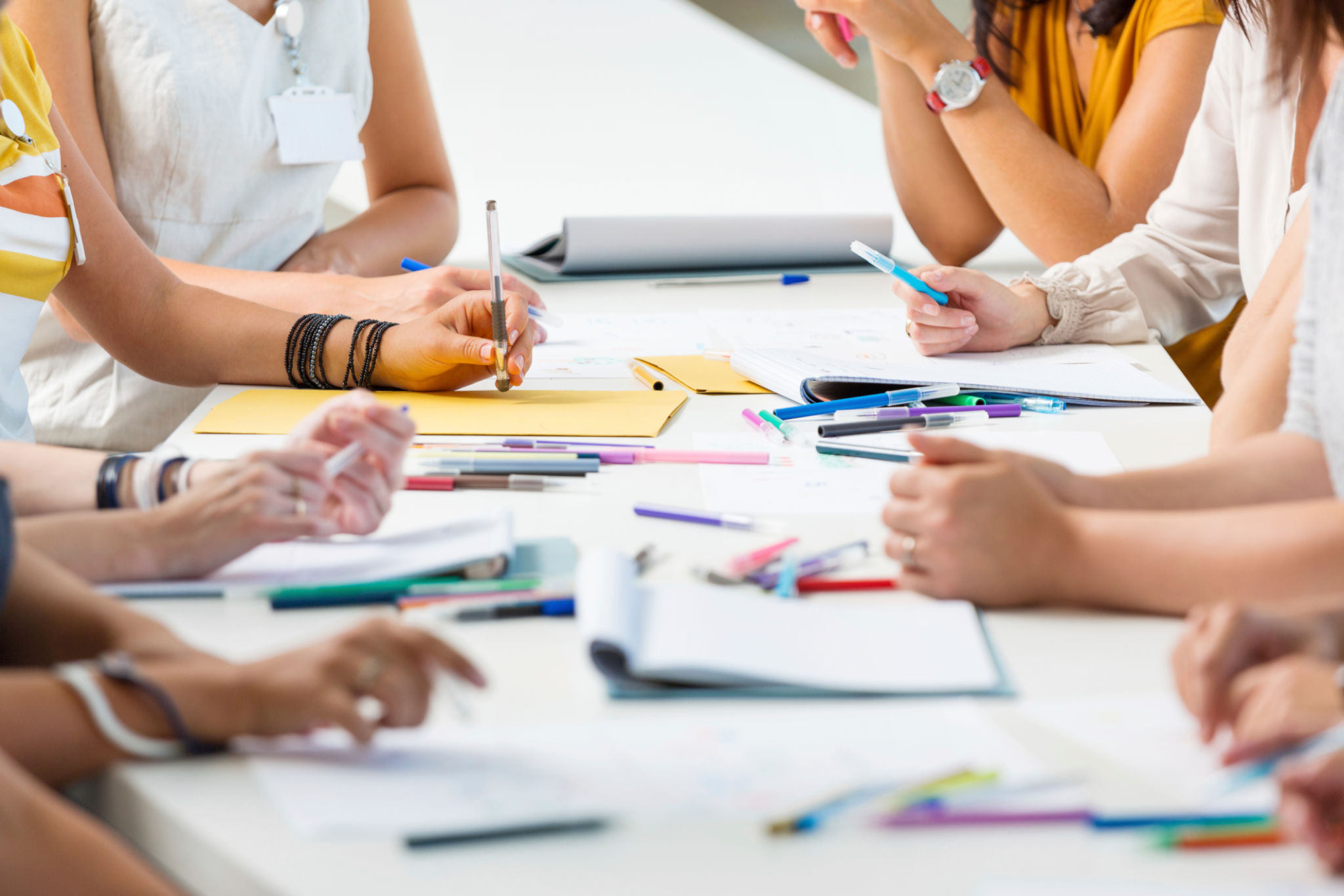The Environmental Impact of Upcycling: A Deep Dive
Understanding Upcycling
In recent years, upcycling has gained significant traction as an environmentally friendly alternative to traditional recycling. Unlike recycling, which typically breaks down materials before reconstituting them into new products, upcycling involves creatively repurposing items to extend their lifecycle. This process not only reduces waste but also conserves resources, making it a powerful tool in the fight against environmental degradation.

The Environmental Benefits of Upcycling
One of the most notable benefits of upcycling is its potential to significantly reduce landfill waste. By transforming old or unused items into new, functional products, upcycling diverts materials from ending up in landfills, where they can take years to decompose and often release harmful pollutants.
Moreover, upcycling helps conserve energy. The production of new goods typically requires substantial energy and raw materials. By reimagining existing items, upcycling minimizes the need for new resources and reduces the carbon footprint associated with manufacturing processes.
Conserving Natural Resources
Upcycling plays a vital role in preserving natural resources. For instance, by repurposing wood from old furniture, we can reduce the demand for deforestation, thereby protecting forest ecosystems and biodiversity. Similarly, upcycling textiles can decrease the need for water-intensive cotton farming, contributing to water conservation efforts.

Encouraging Creativity and Innovation
Apart from its environmental advantages, upcycling fosters creativity and innovation. It encourages individuals and businesses to think outside the box and find unique ways to repurpose items that would otherwise be discarded. This creative process not only results in one-of-a-kind products but also promotes sustainable design practices.
Businesses that embrace upcycling often find that it enhances their brand image. Consumers are increasingly drawn to companies that prioritize sustainability, and upcycled products can serve as a testament to a brand's commitment to environmental responsibility.
Challenges of Upcycling
While the benefits of upcycling are numerous, it is not without its challenges. One of the primary obstacles is the perception that upcycled products are of lower quality than new items. Overcoming this misconception requires effective marketing strategies and education to highlight the durability and uniqueness of upcycled goods.

How to Get Started with Upcycling
If you're interested in exploring upcycling, start by identifying items in your home that are no longer in use but have potential for repurposing. Common candidates include furniture, clothing, and household decor. With a little creativity and effort, these items can be transformed into something new and useful.
For those new to upcycling, online tutorials and workshops can provide inspiration and guidance. Many communities also host upcycling events where participants can learn from experienced crafters and share ideas.
The Future of Upcycling
As awareness of environmental issues continues to grow, the future of upcycling looks promising. Innovations in technology and design are likely to expand the possibilities for creative repurposing, making it easier for individuals and businesses to adopt sustainable practices.
By embracing upcycling, we can contribute to a more sustainable future, where waste is minimized, resources are conserved, and creativity thrives. The impact of these efforts extends beyond the environmental benefits, fostering a culture of sustainability that is essential for our planet's well-being.